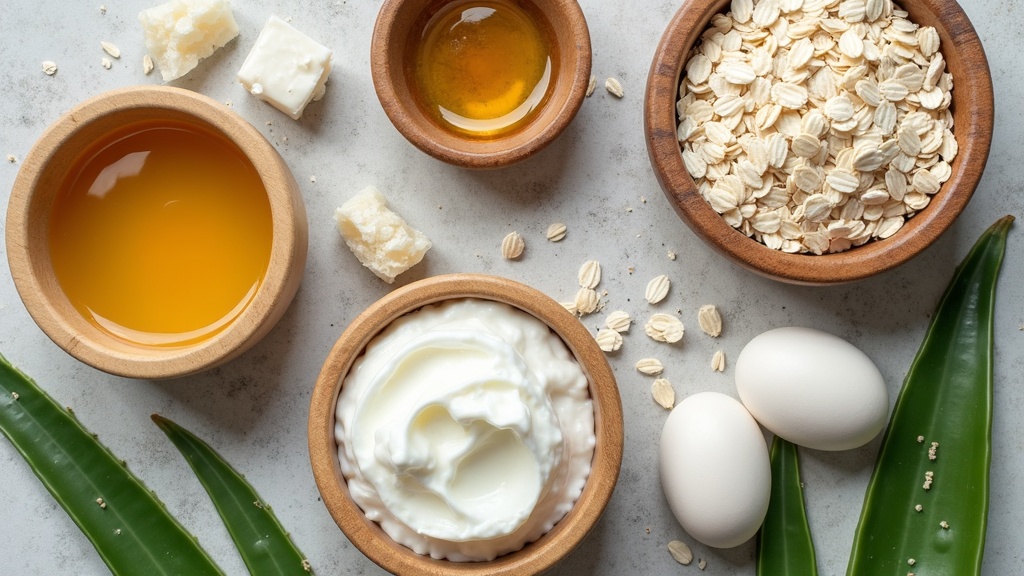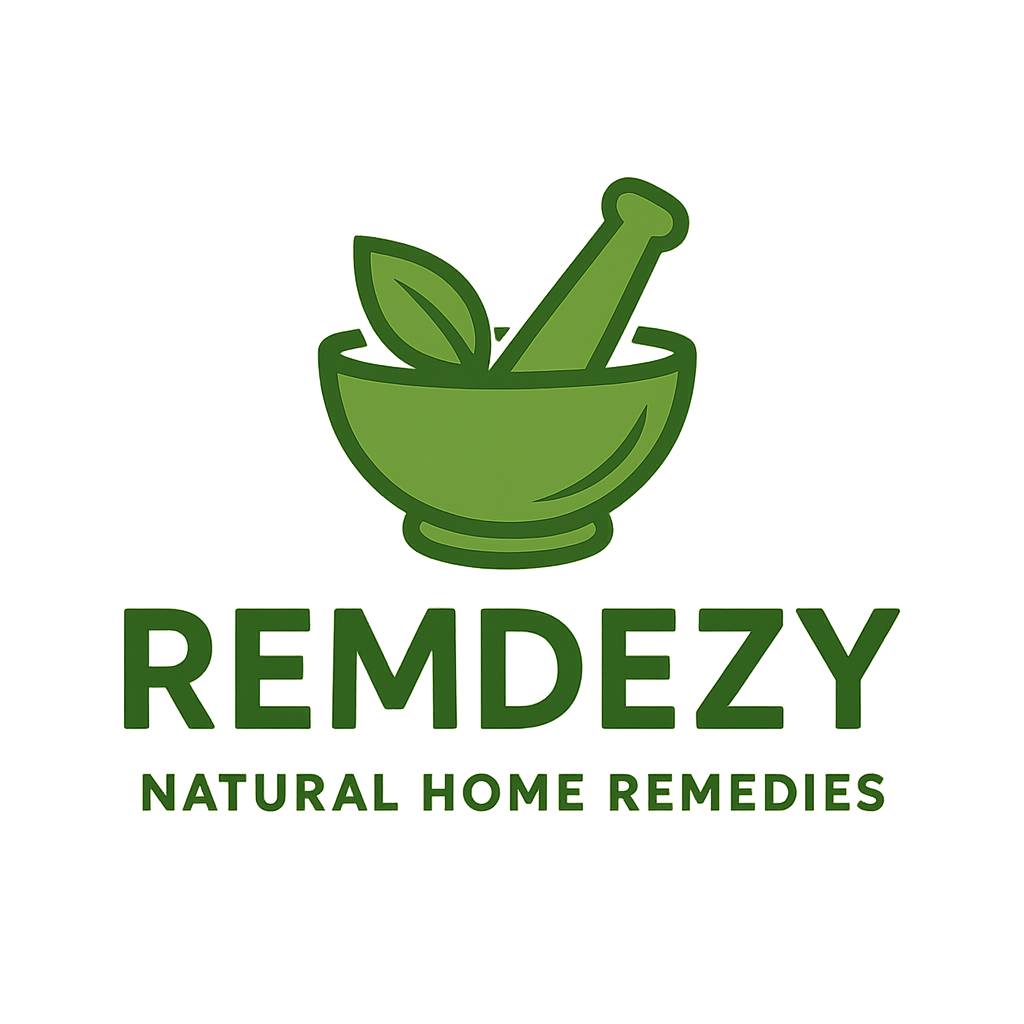Natural skin care has gained a ton of traction lately, and I totally get the appeal. It feels great to use ingredients that are straight from nature, especially if you’re dealing with sensitive skin or want a more sustainable routine. With so many products and trends popping up, figuring out what works and how to get started can be confusing. I’m going to walk you through practical, safe, and genuinely helpful natural remedies for better skin, and how you can make the most of them at home.

Why Use Natural Skin Care Remedies?
Natural skin care isn’t just a passing trend; it’s a practical approach for anyone who wants to cut out unnecessary chemicals or try solutions that are gentler. Many people turn to DIY remedies for the affordability, transparency, and control over what goes on their skin. Plus, it’s kind of fun to experiment and customize your own recipes. Although I always recommend keeping things simple and doing a quick patch test before slathering anything all over.
Switching to a natural routine can help those with easily irritated skin and sometimes even gives faster results, especially if you focus on well-known ingredients like honey, aloe, oats, or oils. The downside? Not every “natural” solution works for everyone, so some trial and error is totally normal.
Core Natural Ingredients and Their Benefits
Having a go-to list of tried and true natural ingredients is handy if you’re starting or looking to fine-tune your routine. Here are some ingredients I trust based on research, personal experience, and customer reviews from conscious beauty brands:
- Honey: Raw honey is both hydrating and has mild antibacterial properties. Dab it onto dry patches or use it for a DIY face mask. I love how it leaves my skin soft without any stickiness after rinsing.
- Aloe Vera: Pure aloe soothes irritation and redness. It works well for sunburns, bug bites, and general dryness. Choose fresh aloe straight from the leaf when you can.
- Coconut Oil: Coconut oil locks in moisture and creates a barrier against dry air. I reach for this on elbows, knees, and even as a makeup remover, but if you tend to break out, this might be too heavy for facial use.
- Oatmeal: Oatmeal calms itching and inflammation. Finely ground oats make awesome masks or gentle scrubs, especially if you’ve got sensitive, reactive skin.
- Tea Tree Oil: Just a few drops have a purifying effect that helps with breakouts. This one needs to be diluted before applying, usually with a carrier oil like jojoba or almond, so your skin doesn’t get irritated.
- Rose Water: Rose water acts as a light toner or face mist. It’s gentle enough for everyday use, and I find it especially refreshing on hot days or right after cleansing.
Getting Started with DIY Natural Skin Care
Jumping into natural skin care is easier when you start with the basics. Most remedies use ingredients you probably already have at home, or that you can find at any grocery store or pharmacy. Here are a few beginner recipes that work for all skin types:
- Honey + Oat Mask: Mix 1 tablespoon of raw honey with 2 tablespoons of finely ground oats. Spread on clean skin, wait 10-15 minutes, then rinse with warm water. This leaves skin soothed and smooth.
- Aloe Vera Gel: Apply fresh aloe gel straight from the plant onto your face after cleansing. Let it absorb and follow with your usual moisturizer. Helps stop redness and calms sun-exposed skin.
- Gentle Coconut Oil Cleanser: Warm a pea-sized amount between your fingers and massage onto your face. Wipe away using a warm, damp washcloth. Works well for removing makeup and leaves skin feeling really soft.
- DIY Toner: Combine equal parts rose water and witch hazel (alcohol free), and pour into a spray bottle. Mist onto clean skin or use with a cotton pad to balance your skin after washing.
No matter what remedy you try, keep things simple at first. Only add new ingredients one at a time so you can spot any reactions quickly.
What to Watch Out for Before Trying Natural Remedies
There’s a lot of good that comes from going natural, but it’s super important to make sure you’re not jumping in without a plan. Here are a few things to keep in mind before whipping up a batch of homemade skin treats:
- Allergic Reactions: Not every natural ingredient is gentle for everyone. Do a simple patch test on the inside of your arm before using anything new on your face or body.
- Ingredient Quality: Go for raw, unprocessed, or organic options when you can. This helps you avoid unwanted pesticides or additives. Check expiration dates, too. A spoiled ingredient won’t help anyone’s skin.
- Proper Storage: Some homemade products spoil quickly. Store them in the refrigerator, and always sniff or check for changes in color before applying again.
- Sun Sensitivity: Citrus based ingredients (like lemon juice) can make skin more sensitive to sunlight and aren’t great for regular use. I avoid them on my face and always wear sunscreen the next day if I’ve tried something new.
How to Do a Patch Test
Scoop a tiny amount of your DIY product onto the inside of your forearm. Leave it on for up to 24 hours. If there’s no itchiness, redness, or swelling, it’s probably safe to use on your face or body.
Ingredient Sourcing FAQ
Grocery stores are fine for basics like oats, honey, or coconut oil, for extras like rose water, specialty oils, or pure aloe leaves, health shops, and farmers markets are worth checking out. Reputable online shops with clear sourcing info are also pretty handy if you want rare or organic options.
Practical Tips for Everyday Skin Care
Getting glowing skin with natural remedies isn’t about using tons of different products at once. Instead, consistency really helps. Pick a few remedies that seem to work well for you, and work them into your regular grooming routine.
- Keep It Simple: Overloading your skin with too many products (even natural ones) usually makes things worse, not better. Less is often best, especially if your skin’s acting up.
- Stay Consistent: Regular use of gentle masks or oils makes a difference over time. Don’t expect everything to work overnight; skin needs some time to adjust to new routines.
- Moisturize Naturally: Ingredients like jojoba oil, shea butter, or squalane deliver lightweight hydration and absorb easily. I find these work better for daytime, and coconut oil or thicker butters can be nice as a night treatment.
- Stay Hydrated: Even the best natural cream won’t work as well if you aren’t drinking enough water. Hydrated skin is healthier skin, every time.
Common Challenges with Natural Skin Care (And How to Handle Them)
Natural skin care is pretty straightforward, but I’ve hit a few roadblocks that I wish I knew about sooner. Here are common hiccups and quick fixes:
- Breakouts from Oils: Some oils (like coconut oil) are too heavy for certain skin. If you notice clogged pores or breakouts, try lighter oils such as grapeseed, jojoba, or rosehip.
- Not Seeing Results: Patience is key. Some changes take a few weeks before results are obvious, especially with ingredients focused on calming or brightening.
- Spoiled DIY Recipes: Homemade products usually don’t contain preservatives, so make smaller batches and keep them in the fridge if possible. Discard anything with an unusual texture or smell.
- Too Abrasive Scrubs: Not every natural exfoliant is gentle. If your DIY scrub feels rough (like sugar and salt), use it only on the body. Never the face. Oats or finely ground rice are much better for gentle exfoliation.
When to See a Pro (And Why That’s Totally Normal)
If you’re struggling with skin concerns like persistent breakouts, eczema, or rashes, it’s always a smart move to talk to a dermatologist. Natural remedies are great for maintenance or mild issues, but severe or long-lasting problems are best handled by a professional. Anyone who says “natural” is always safer isn’t telling the whole story. A dermatologist can help tailor advice to your skin type and spot ingredients that are safe for you personally.
Frequently Asked Questions
These are questions I get all the time when chatting about natural skin care:
Question: Can I use kitchen ingredients on my face?
Answer: Many common items like honey, oats, or yogurt are safe for most people, but be cautious with acidic things like lemon juice, which can damage the skin barrier.
Question: Are natural remedies safe for kids?
Answer: Some ingredients (like oats or aloe) are fine for kids, but always check with a pediatrician, especially if your child has allergies or sensitive skin.
Question: Will natural remedies fix all my skin problems?
Answer: They can help with minor or occasional issues, but stubborn or severe problems usually need more than just at-home recipes. If something feels off or isn’t getting better, I suggest a chat with a medical pro.
Simple Swaps for a Greener, Cleaner Routine
Moving towards natural skin care doesn’t mean you have to toss everything you own. Even swapping one or two products, like replacing a harsh cleanser with a gentle oil or a foaming wash with honey, makes a big difference. If you’re curious about going natural for environmental reasons, focus on ingredients that are biodegradable, packaging that’s recyclable, and products from brands who value transparency.
Trying just a few ideas from above can get you on the right path to a skin care routine that’s gentler, cleaner, and a pretty fun way to express some self-care. If you’re looking for longterm glowing skin, stay consistent. Listen to your skin, tweak your routine as needed, and enjoy the ride as you track down what truly makes your skin feel its best. Remember, patience is your best friend in all skin care—including natural routines.
